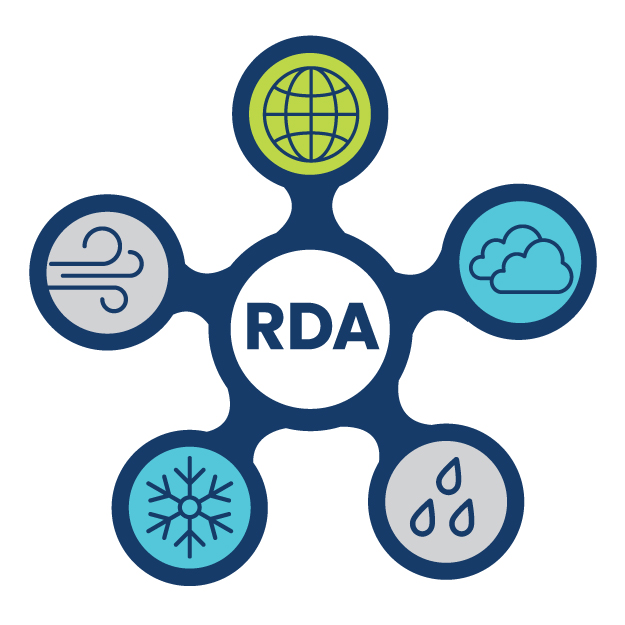
Great Plains Low-Level Jet Occurrence and Upper-Level Coupling in CERA-20C
d197000
| DOI: 10.5065/KDB5-9X72
The Great Plains Low-Level Jet Occurrence and Upper-Level Coupling CERA-20C dataset comprises a 3-hourly record of low-level jet activity and degree of upper-atmospheric jet stream coupling over the contiguous United States from 1901-2010 derived from CERA-20C following the objective dynamically-based methodology of Burrows et al. (2019). This dataset extends the work of Uccellini (1980) who first highlighted variations in the degree of coupling between low-level jets and upper-level flow using a visual weather map approach. The presence of an active low-level jet is first assessed according to the conventional Bonner (1968) low-level jet classification. Then, the local finite-amplitude wave activity index of Huang and Nakamura (2015) is applied to assess whether a detected jet is upper-level coupled (or not). This dataset is remarkable because understanding the degree of low-level (terrain) coupling for a particular low-level jet is instrumental in predicting whether regional land-atmosphere interactions may play a role in its evolution, and moreover, whether land data assimilation holds promise for improved predictability in such cases. The dataset includes the coupled/uncoupled classification, as well as u- and v-winds at 700 and 850 hPa from CERA-20C.
| Upper Level Winds |
Latitude Range: Southernmost=25.875N Northernmost=49.5N Detailed coverage information Detailed coverage information 1.125° x 1.125° from 129.375W to 50.625W and 49.5N to 25.875N (71 x 22 Longitude/Latitude)
 This work is licensed under a Creative Commons Attribution 4.0 International License.
This work is licensed under a Creative Commons Attribution 4.0 International License.